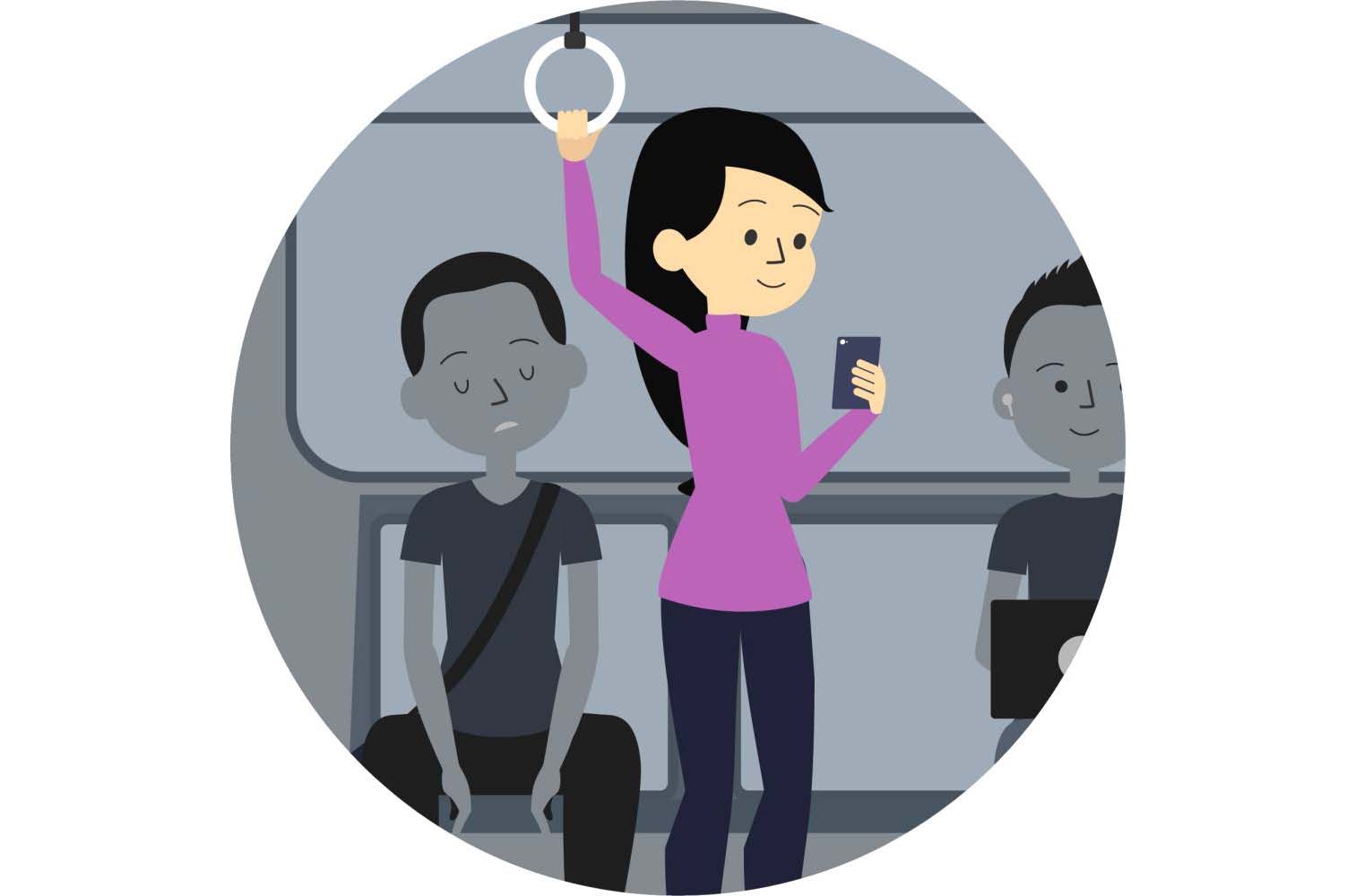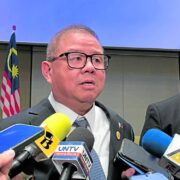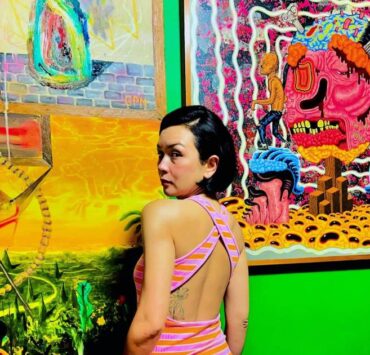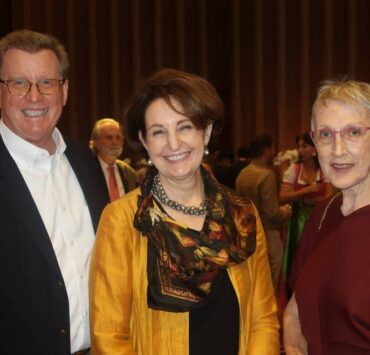My car-free life: Why I’ve embraced public transport

I learned to drive at 16. My father took me to an open field near our village with a manual pickup truck and made me practice driving in circles. While he spoiled me endlessly, he was an impatient teacher. I had to learn quickly because he got frustrated easily if I didn’t understand the lessons right away.
The first time I drove on Coastal Road, I hit the gas pedal and reached 100 kilometers per hour (kph). I loved the rush of speed and the freedom to go wherever I wanted. Two years later, my tatay gifted me with my own car, and I found myself cruising the same road at a reckless speed. I was young and foolish then. I often think about how lucky I am to be alive today, grateful I didn’t harm myself or anyone else.
These days, I stick to a safe and comfortable 60 to 80 kph, always mindful of speed limits and road safety. Driving has become something I do for fun. I used to take trips to Tagaytay, stopping by the 7-Eleven at the rotunda for Cherry Coke or buying freshly made focaccia at Gourmet’s. Those were treats I indulged in.
On the flip side, heavy traffic feels like punishment. Sitting for hours behind the wheel, unable to move, is frustrating and feels like such a waste of time.
The first few times I took public transport as a working adult was because there was heavy traffic on Edsa and I needed to get somewhere quickly. I’d leave my car in Makati and hop on the MRT. But that has always been a choice—until one fateful day when it wasn’t.
Coding day
On a coding day, I had to get to Cubao, but there was no car available at home. The alternate vehicle was being used by my husband to bring and pick up our daughter from school. Grab rides were outrageously expensive, especially since I’d be coming from Cavite. When you’re a mom, you convert prices to Lego boxes and ballet lessons. That’s when I decided to take the bus to PITX, ride the Edsa Carousel, and get off at One Ayala before transferring to the MRT.
It wasn’t the most efficient trip, but it turned out to be one of the smoothest commutes I’ve ever had. I arrived at my destination stress-free, not worrying about parking and spending less than P150—an amount I would’ve already spent on toll fees alone, one-way. The trip took just over an hour, about the same amount of time if I’d driven. I’ll admit, though, that this was during off-peak hours. Still, the experience was pleasant enough to challenge myself to use public transportation more often.
While I could have relied on online apps like Sakay.ph for suggestions, I took an old-school approach. My trips were mostly accomplished through trial and error and asking random people for directions. The only time I used my phone was to check Google Maps.
My first step was familiarizing myself with PITX. Initially, I imagined the interior to resemble a chaotic public market, especially since I’d only ever seen pictures of it during peak season. But the first time I went there, I appreciated how clean it was. It’s not shiny like a mall, but it’s neat and decent, considering the number of commuters passing through. The dining options are plentiful and diverse, ranging from chain restaurants to vendors selling homemade food. Most of all, it has a system.
From there, I use the Edsa Carousel to connect to various destinations, from Aseana to Cubao. I find the seats comfortable, and the air conditioning is good. I quickly learned that some MRT and bus stations are far from each other, often requiring a 10 to 15 minute walk.
Poor infrastructure planning
For traveling along Edsa, the MRT is my top choice. The trips are short, so I don’t mind standing. So far, I’ve been lucky enough not to experience any stalling.
Riding trains has also exposed me to poor infrastructure planning. At the Edsa-Taft station, for example, the footbridge that’s supposed to connect the northbound MRT and LRT is essentially useless because the overhead clearance is too low for a person of average height. I stood there looking stupid, trying to figure out how commuters crawled to cross when a vendor shouted at me to use the pedestrian lane below.
Lack of signage for first timers, like me, also posed a problem. I remember how I got confused at North Avenue station on which level to use to get to the opposite side.
Some steps of footbridges leading to the MRT are so narrow they barely accommodate my size 8 feet. I often wonder how people manage not to trip. Climbing footbridges sometimes feels like an episode of a Korean variety show where I have to conquer my fear of heights while the bridges vibrate beneath me. At stations like Ayala (coming from BGC) or Quezon Avenue, I grip the railings like my life depends on it.
I’ve also learned to take motorcycle taxis. I remember nervously telling the driver, “Kuya, I’ll give you a tip, but please drive slowly,” as I put on the helmet the first time. The ride literally gave me a different perspective because it allowed me to look up and appreciate the buildings in Makati and BGC from a different angle.
I also learned that a full jeep or bus is the better option than an empty one waiting for passengers. The wait could take as long as 45 minutes. Face masks are essential and you will miss them the most when you sit in front of a person who keeps coughing.
Stigma
Curiously, there’s a stigma about taking public transport in this country, something that is nonexistent abroad. It’s that sinking feeling that comes with realizing you can’t afford the cost of a car or even a ride-share service like Grab. In fact, my tatay slipped me some cash when he found out that I was commuting. I think he felt sorry, thinking that his only daughter couldn’t afford to pay for gas! (I’m 43.)
But I’ve come to realize that perhaps this bias is rooted in the way commuters are treated. The lack of thought in providing the basic comfort for commuters borders on dehumanizing. Who would choose to go through all that hassle if there’s a better option, which is the cocoon of a private car?
I wish every station was like One Ayala, PITX , or have the potential of Dr. Santos station in Sucat. It’s my hope that we’re very slowly getting there.
I am going to continue taking public transport whenever I can. There are days when I get stubborn about it, refusing to give in to the temptation of hailing Grab whenever I find myself in the middle of urban nowhere. Public transport forces me to exercise, get to know an area better and get to know the kindness of people. Last time I took the jeepney, a man carrying his 3-year-old grandson “adopted” me throughout the ride, making sure that I got my correct change and that I got off at the right stop.
This keeps me motivated in navigating the maze of buses, trains, motorcycles and footbridges. I hope that one day, public transport here will stop feeling like a challenge and instead become a norm that even those with access to private cars would choose to use.

















